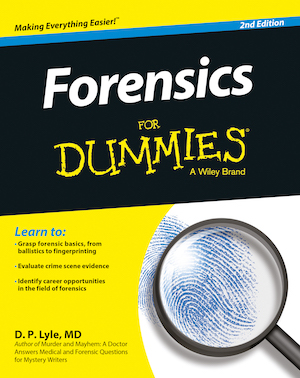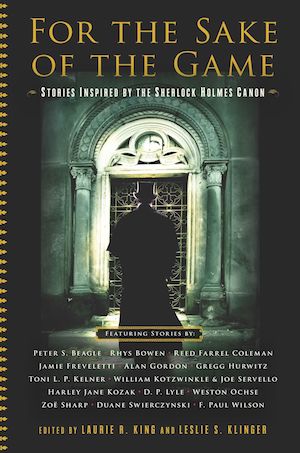I want to welcome Eleanor Sullivan to The Writers Forensics Blog. She will post a two-part series on the state of medical care in the 19th Century.
Medical Care in the 19th Century—Part One
As a nurse for more than 25 years, I’ve seen my share of changes in medical care. From starched white uniforms, paper files, and long hospital stays to casual scrub suits, electronic records, and one-day surgeries, change has characterized the medical and nursing professions. But, as I began my quest to learn about 19th century medicine, nothing prepared me for the difference between then and now.
Let’s start with what diseases were called. You might not recognize these today. According to a mortality schedule, the causes of death in Tuscarawas County, Ohio in 1850 included dropsy, flux, canker, apoplexy, spasms and my favorite, “no opening.” Other than the last one (I can only guess at that!), here’s what we call those diseases today:
Dropsy—edema, usually from cardiac failure
Flux—diarrhea caused by dysentery
Canker—inflammation caused by infection (remember, no antibiotics existed then)
Apoplexy—unconsciousness caused by a stroke
Consumption—tuberculosis
Ague—malaria
So we’ve come a long way. Now we have diagnoses confirmed by symptoms, lab tests, x-rays, CT scans, and MRIs. We know what causes most diseases, how to prevent many (vaccines anyone?), and how to treat most others. We’re not perfect. Cancer, heart disease, and strokes still kill.
But we think we’re pretty smart. Just knowing the cause directs researchers to the cure. Back then people thought they knew what caused illness, too.
Internal Causes
The cause of disease, it was believed, was inside the person. Those who became ill were weak. Or unclean. Or they sinned and God brought on their illness to punish them. Remember Job of the Bible? God tested him. With that example in mind, religious folks admonished the sick to admit their sins and ask God for forgiveness. But what if they didn’t get well? I guess God wasn’t satisfied with their confession.
External Causes
The outdoors brought on many illnesses, according to 19th century Americans. The night air was filled with miasmas, poisonous, foul-smelling, dark-colored vapors that held malevolent power. Mists rose from the ground (or more likely, stagnant water) like wicked sprites to creep over the land and threaten the populace with their toxic fumes.
Nineteenth century Americans lived in fear of the miasmas. The solution was to keep inside with tightly-closed windows no matter how hot it was. (I wonder how many died of heat stroke instead.) Miasmas weren’t everywhere, though. Some locales were known for them and travelers were admonished to take care to avoid any place where they saw fog.
What illness did they fear miasmas brought? Everything! Any illness after exposure to night air was thought caused by it. What 19th century people didn’t believe was that illness traveled from person to person. It rose up out of their surroundings instead.
But they were wrong.
Though not entirely. Germ theory evolved during the late 19th century but antisepsis to prevent diseases from germs lagged behind. Florence Nightingale, the founder of contemporary nursing, insisted on cleanliness, especially rigorous hand washing, when caring for the wounded during the Crimean War in 1854. Her patients improved but still it would be years until the medical community would be confined that they could prevent the spread of disease by something as simple as washing their hands. (This problem still exists today in modern hospitals where lack of adequate hand washing, among other safety problems, causes thousands of deaths each year, according to the Institute of Medicine.)
But don’t be too quick to dismiss 19th century beliefs. Blame the victim is still true today. If he hadn’t smoked, drank, overate, etc., he wouldn’t have cancer, cirrhosis, or heart disease. That’s not entirely wrong but, remember, even people who never smoked, exercise, and eat healthy still die. There’s no getting out of it.
You think what you’ve read so far is bad? This is the first part of a two-part blog on medical care in the 19th century. Come back next month to hear how they treated illness. Then you’ll be exceedingly glad to be living in the 21st century!
Eleanor Sullivan is the award-winning author of books for nurses, the Monika Everhardt mystery series, and her latest, Cover Her Body, A Singular Village Mystery. www.EleanorSullivan.com


























